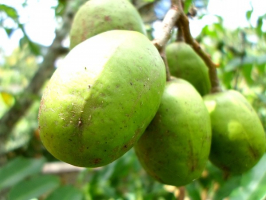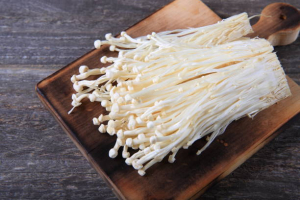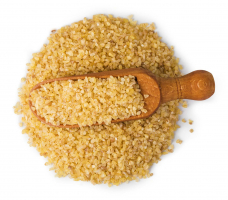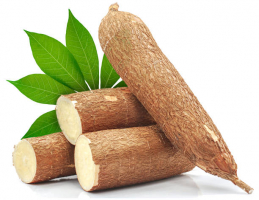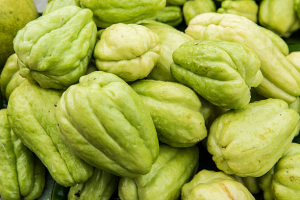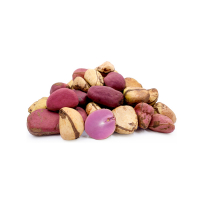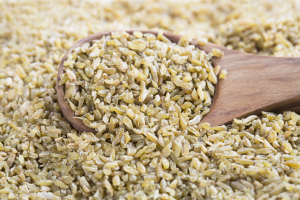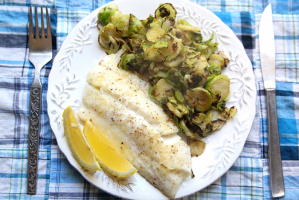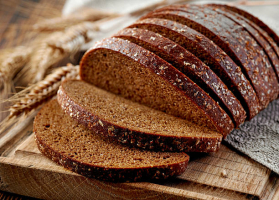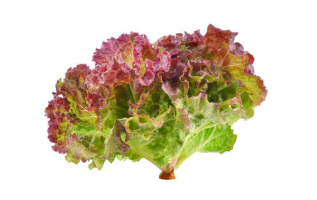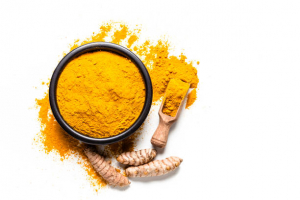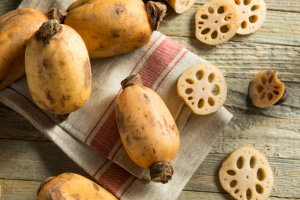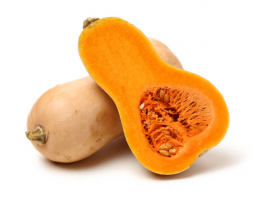Top 7 Benefits of High Intensity Interval Training (HIIT)
High-intensity interval training (HIIT) involves short, intense workouts. You put your all into a sequence of workouts for short times before taking a break. ... read more...Although it is challenging to exercise to your upper max, doing so is significantly beneficial to your health. Below are some Benefits of High-Intensity Interval Training (HIIT)!
-
You burn nearly the same amount of calories during a HIIT workout as you would during a regular exercise like running. However, compared to a steady-state cardio exercise like running, when your heart rate is relatively stable, you burn more calories after a HIIT session.
By having a group of athletes do HIIT training and a steady-state run at two distinct times, one 2019 research was able to confirm this. Scientists found that the HIIT group was burning an average of 3 kilocalories per minute nine minutes after the exercises finished, as compared to 2.8 kilocalories per minute after the steady-state run. Excess post-exercise oxygen consumption is the term for the phenomenon of calorie burning after exercise (EPOC). EPOC happens when your body burns extra calories to repair the damage after strenuous activity. It's common with HIIT workouts because the exercise is so intense, and it has been linked to effective muscle growth.

HIIT can burn a lot of calories 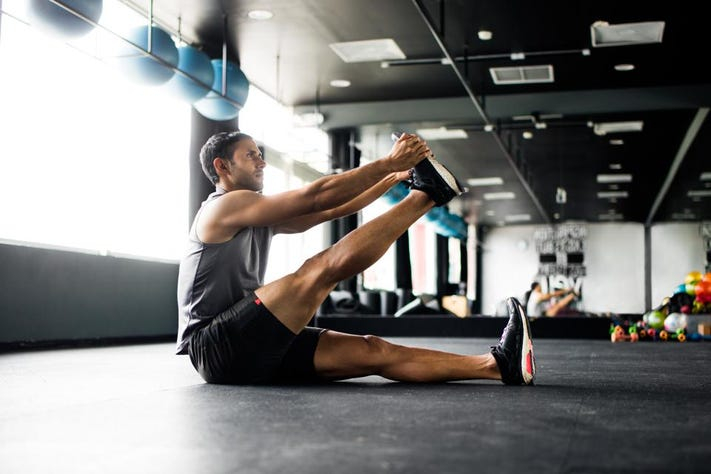
HIIT can burn a lot of calories -
People who do HIIT can burn fat and carbohydrates in a short amount of time. Exercisers who do HIIT could also gain from a boosted metabolism afterward.
HIIT has been demonstrated to boost resting energy expenditure, which means that even after exercise, your body continues to burn calories at a high rate. The outstanding ability of HIIT to raise your metabolic rate for hours after exercise has been shown in some research. Even more than jogging or weight training, some researchers have shown that HIIT enhances your metabolism after exercise. The same research found that HIIT might change the body's metabolism so that fat instead of carbs was used as fuel.
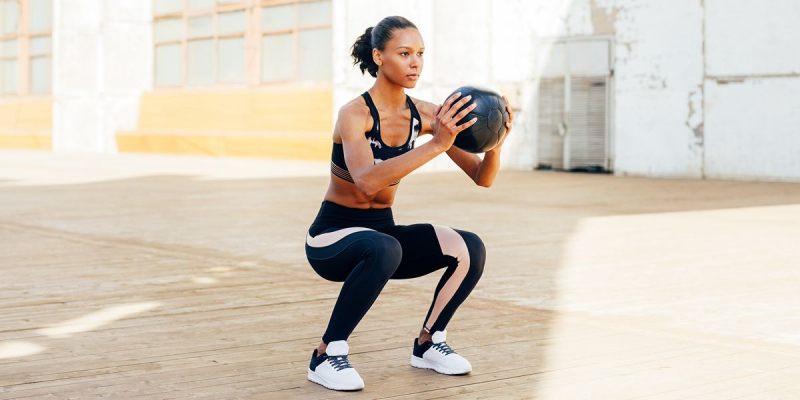
Your metabolic rate is higher for hours after HIIT exercise 
Your metabolic rate is higher for hours after HIIT exercise -
Since you don't have to spend as much time exercising, HIIT can be a more convenient way to help you lose weight because it burns more calories thanks to EPOC.
A review from 2019 analyzed 77 scientific studies. According to the study, participants who engaged in HIIT sessions shed 28.5 % more fat than those who engaged in running or other types of moderately intense continuous exercise. Another review looked at 13 experiments and 424 adults who were overweight or obese. It was shown that both HIIT and traditional moderate-intensity exercise may lower body fat and waist circumference. With HIIT, your heart rate remains raised throughout the whole workout, which is ideal for calorie burning and makes this a great bet for weight loss.
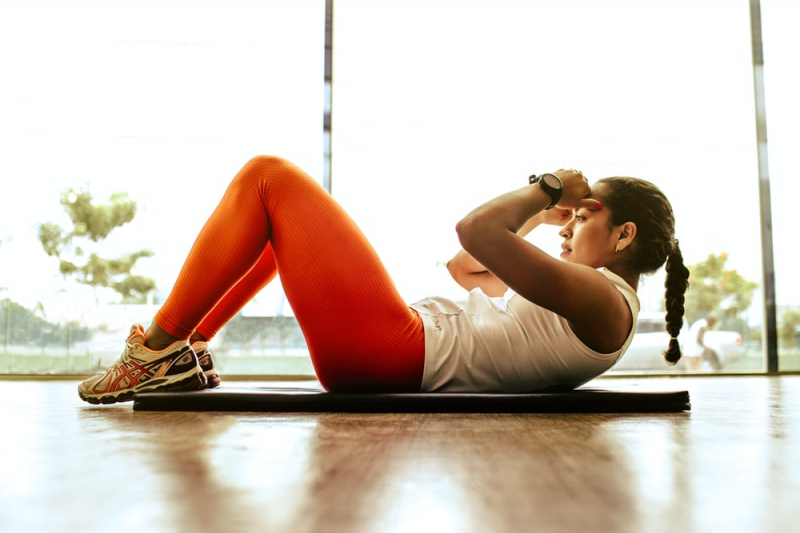
HIIT can help you lose fat 
HIIT can help you lose fat -
The majority of HIIT exercises involve many different movements. This enables you to work out many muscle groups at once. For example, a HIIT workout may involve doing exercises that target different muscle groups, such as squats, push-ups, and burpees.
The intensity will also help in muscular growth and increase your muscles' ability to endure more workouts. Due to the lack of rest, this type of training increases physical endurance. For example, a 2017 study found that a six-week HIIT program increased men's peak power output, a measure of muscular power (PPO). The average absolute PPO for men was 799 watts before the HIIT training, and it increased by around 8% to 865 watts after. A 2017 research also revealed that among overweight female teens, a 12-minute HIIT workout had a greater impact on the muscles than a 40-minute aerobic workout. This was determined by observing the levels of irisin, a hormone that muscles release after exercise.
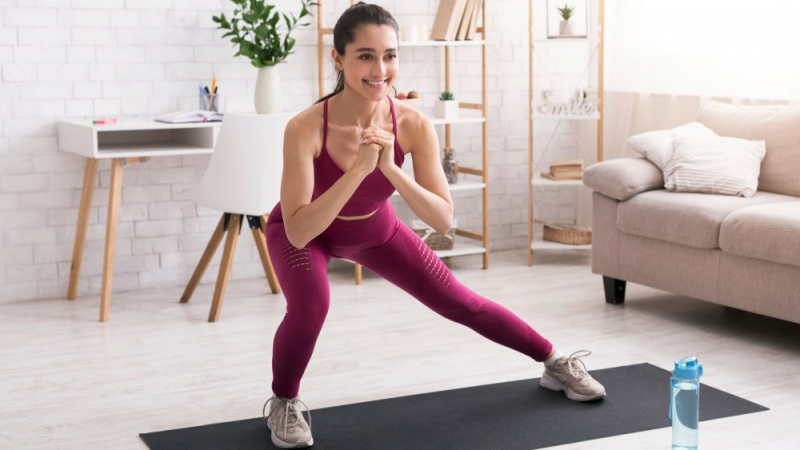
You might gain muscle 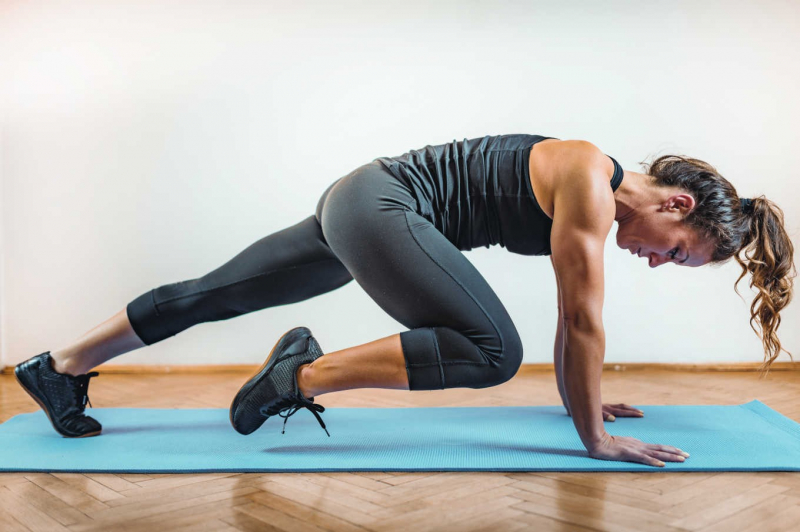
You might gain muscle -
To provide oxygen and nutrients to your muscles, your heart pumps blood throughout your body. HIIT exercises can also maintain and even enhance your circulatory system, according to a number of studies.
For example, in a 2017 study, 26 schoolchildren were divided into two groups: one did HIIT training, while the other followed a more traditional workout regimen. Seven weeks passed throughout the trial. Compared to the typical exercise group, the HIIT group had more improvements in cardiorespiratory capacity, or the body's capacity to get oxygen from the heart and lungs, as well as greater fat loss. According to another study, those who did HIIT workouts for 20 minutes four days a week for five weeks increased their oxygen intake by 9%. Similar improvements in oxygen consumption were seen in the other trial group, which cycled continuously for 40 minutes per day, four days per week.
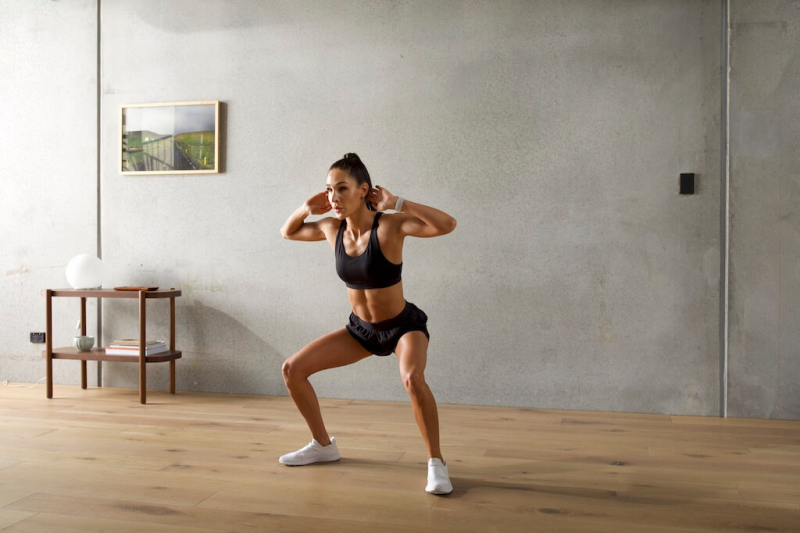
HIIT can improve oxygen consumption 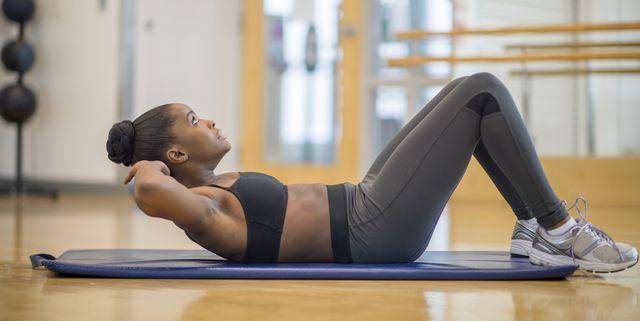
HIIT can improve oxygen consumption -
Because heart disease causes 25% of deaths in the US, HIIT exercises are a great investment that can increase cardiovascular health and lower your risk for heart disease.
Numerous studies have found that HIIT exercises can lower heart rate and blood pressure in overweight and obese people. According to one research, adults with high blood pressure might lower their blood pressure as much as traditional, continuous endurance training after 8 weeks of HIIT on a stationary bike. In this study, the HIIT group exercised just three times per week for 20 minutes per day, whereas the endurance training group trained four days per week for 30 minutes per day. In a small 2017 research, men between the ages of 56 and 67 who did HIIT exercises five days a week for six weeks had an average drop in blood pressure of roughly 5.5 mm/Hg. Additionally, a 2017 research found that HIIT workouts reduced blood pressure more quickly than steady-state exercise sessions.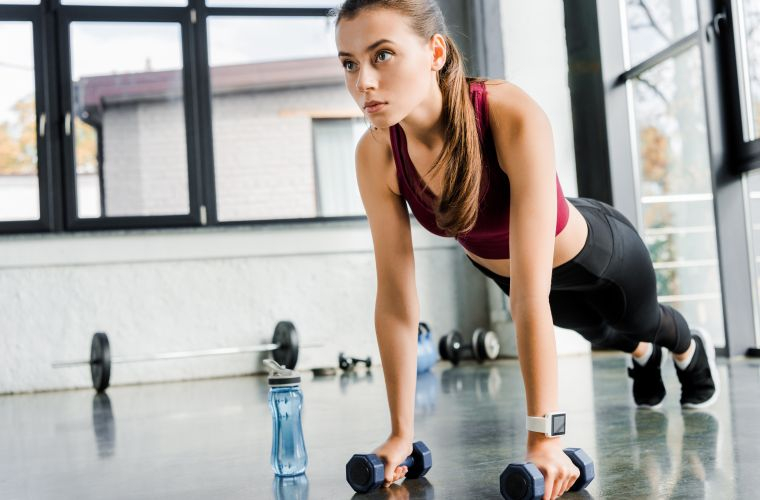
HIIT can reduce heart rate and blood pressure 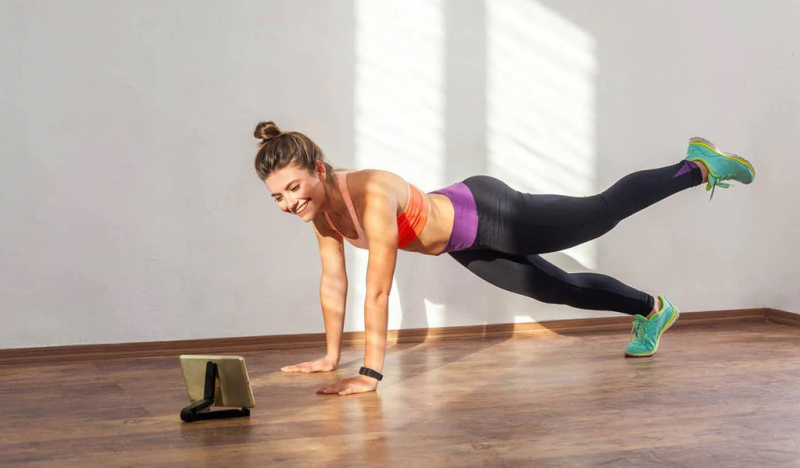
HIIT can reduce heart rate and blood pressure -
HIIT regimens lasting less than 12 weeks can reduce blood sugar. According to a review of 50 research, HIIT improves insulin resistance more than traditional continuous exercise while simultaneously lowering blood sugar levels.
This evidence suggests that those who are at risk for type 2 diabetes may benefit significantly from high-intensity exercise. In fact, a few studies conducted particularly on people with type 2 diabetes have shown how efficient HIIT is at lowering blood sugar. According to one 2015 research, people with type 2 diabetes had greater control over their insulin levels and increased pancreatic function after 8 weeks of HIIT. Studies on healthy adults suggest that HIIT may be even more effective in improving insulin resistance than traditional continuous exercise.

HIIT can reduce blood sugar 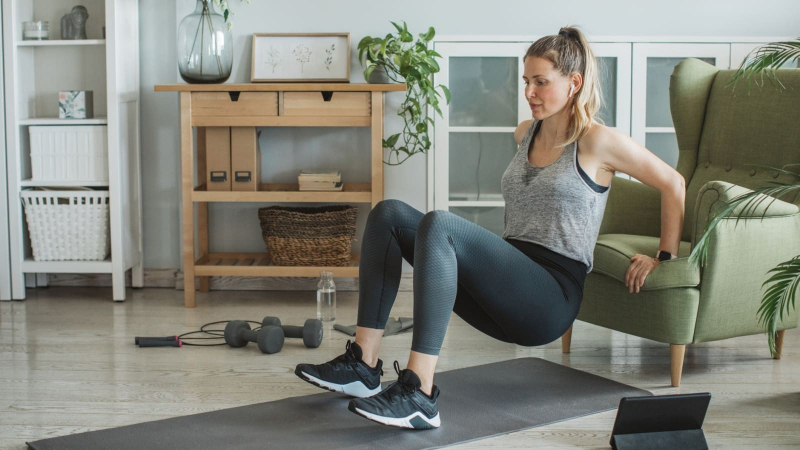
HIIT can reduce blood sugar









